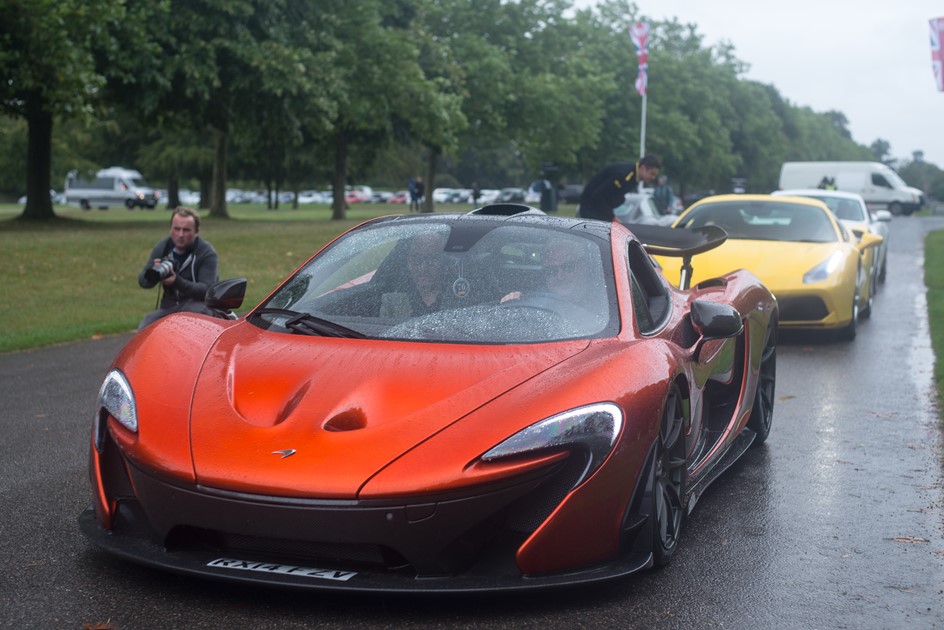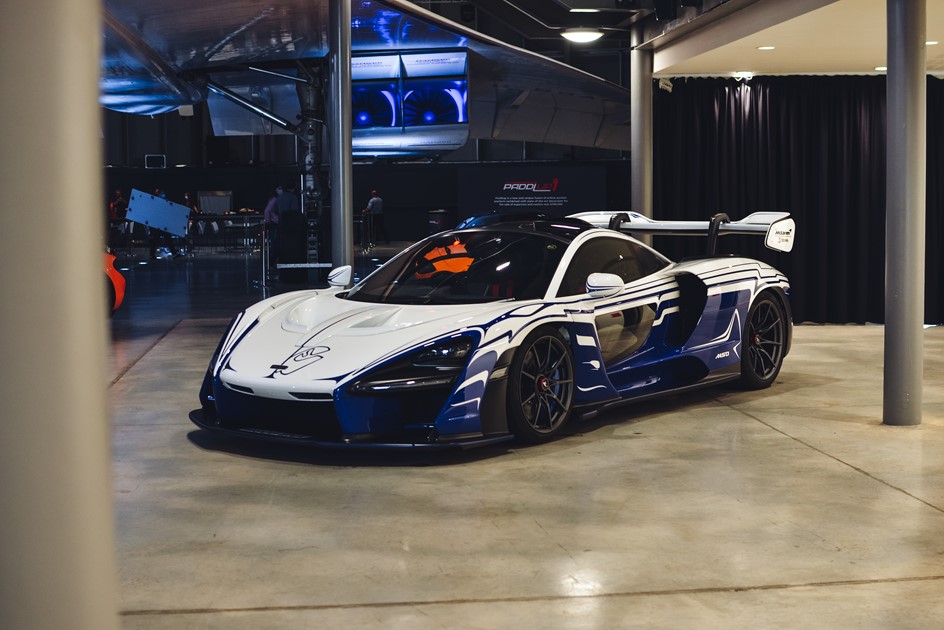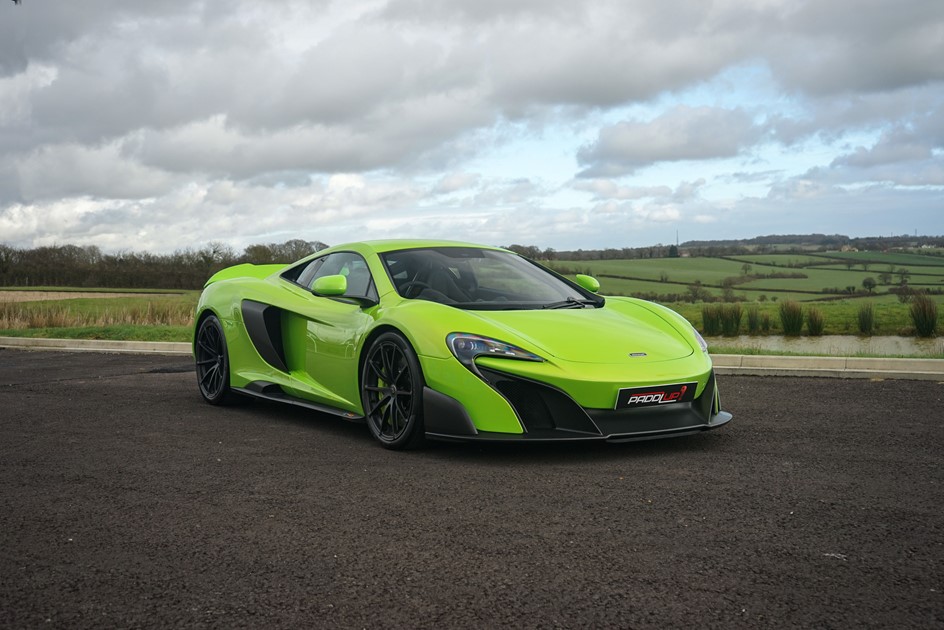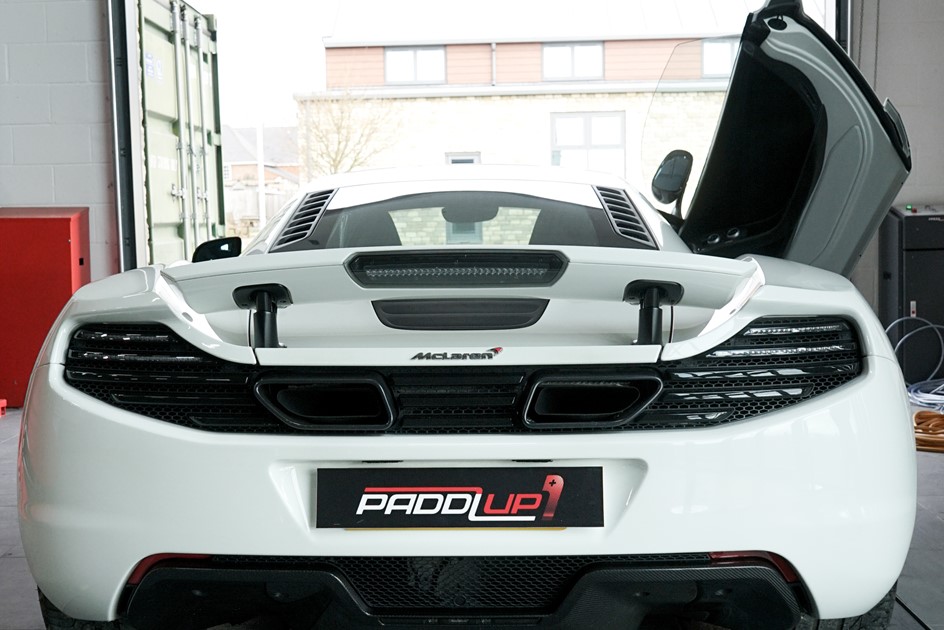A PaddlUp buyer’s guide to the McLaren automotive offering
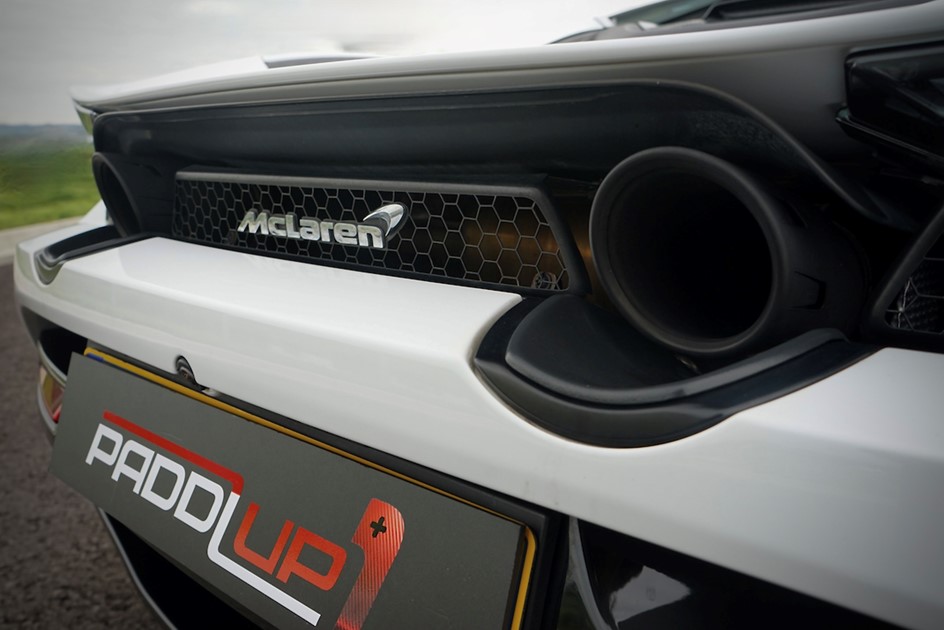
As McLaren specialists, we pride ourselves on our depth and breadth of knowledge, when it comes to the now-iconic British marque.
With a 675LT ClubSport, 720S and more having gone under the hammer, the PaddlUp team know a thing or two about McLaren’s extensive range of high-thrills models.
That’s not to say this is an exact science, however, with McLaren themselves periodically updating their catalogue and the defining characteristics of each ‘Series’ category. That being said, we’ve put together what we believe to be a comprehensive guide to this range of supercars.
McLaren buyer's guide
From early appeal for the non-conformist in the form of the 12C to the all-round appeal of today’s Artura, the number of models introduced to the market in a relatively short period of time necessitated McLaren to publish a hierarchy, affirming the positioning of each category in its own right. This ‘Series’ designation – often found to be perplexing by the wider world – coupled with shared design elements across cars, has unintentionally contributed to a hazy understanding of the range.
Here, we try to make sense of it all, through what in retrospect is a relatively simple categorisation process. The four previously established ‘Series’; ‘GT’, ‘Sports’, ‘Super’ and ‘Ultimate’ have now been simplified even further to ‘GT’, ‘Supercars’ and ‘Ultimate’ with the ‘Sports’ and ‘Super’ categories being combined.
We’ll kick things off with the ‘Super’ series, as this is where the modern era of McLaren Automotive began with the 12C in 2011. This series is the core offering and essence of the performance sports car for McLaren, cutting-edge technology with ultimate class-leading performance. Cars within the ‘Supercar’ series are a combination of production series cars (12C and S derivatives) and limited series production (LT derivatives) and were initiated by internal codes P11 and P14 and subsequent derivatives.
Cars within the ‘Supercar’ series: 12C (2011), 650S (2014), 675LT (2015), 720S (2017) and 765LT (2020)
The 675LT, especially with the optional ClubSport package, is the track-focused McLaren for the pure racer and collector, with the Club Sport Professional Pack adding even more performance components to the specification.
Based on its contemporary stablemate the 650S, the name refers to the power output of 675 horsepower with the LT suffix serving as a nod to the hallowed race-bred McLaren F1 Longtail from 1997. Launched at the 2015 Geneva Motor Show, it has been widely praised as the best model from the company in the last decade with Evo Magazine proclaiming in its 5-star review; “it’s the vehicle we’ve been waiting for the company to build since it entered the market.”
Limited to 500 production units globally, the coupé LT boasts a revised 3.8 litre V8 twin-turbo powertrain, reassigning several components from the McLaren P1, combined with its 7-speed dual-clutch transmission with new software to dramatically improve shift times over the 650S. New carbon-ceramic brakes deliver fearsome stopping power and a substantially revised airbrake, combined with the longtail extension, improves downforce by 40%. The 675LT also has a faster steering rack than even the McLaren P1, immediately resulting in critical acclaim for an immersive drive like no other.
The 12C’s carbon-fibre MonoCell gave this car a unique architecture for its class and price point and has since become a mainstay for all McLaren road cars in various guises, most notably in the McLaren P1 for which additional roof structure was added.
The UK Ricardo-manufactured twin-turbo flat-crank V8 originally achieved an output of 592bhp, although subsequent upgrades which were also fitted pushed this to 616bhp at 7,500 rpm and led Autocar to declare “the 12C is ferociously, apocalyptically quick”.
The suspension design is another assemblage that has stood the test of time, featuring oil sprung double wishbones and a set of linked hydraulic dampers where internal pressure can be adjusted either by the selected driving mode or ‘decoupled’ from the mode and damper rates adjusted independently. The remarkable design gives the 12C agile performance handling and stability, yet the heralded ‘ride of a limousine’.
Next is the ‘Sports’ series, sitting below ‘Super’ in the categorisation which initially had the derivatives of the internal code P13, combining sports performance with increased usability and lifestyle focus. Cars within the ‘Sports’ series are a combination of production series cars and limited series production (LT and R derivatives).
Cars in the ‘Sports’ series: 570S (2015), 540C (2015), 570GT (2016), 600LT (2018), 620R (2019) and Artura (2021)
The ‘Sports’ and ‘Super’ categories have since been amalgamated into the ‘Supercars’ series, perhaps with one eye on a declared vision of an all-hybrid line-up by 2024.
With the 2020 introduction of the McLaren GT, the ‘GT’ category itself was born, adding a more practical element to the usability and lifestyle elements in the ‘Sports’ series, while taking into consideration items such as luggage space for true grand touring capability.
Cars in the ‘GT’ series are production series cars. The 2016 570GT is not in this series as it was created for the introduction of the McLaren GT internal code P22 in 2020.
Cars in the ‘GT’ series: McLaren GT (2020)
Finally, and at the top of the hierarchy is the ‘Ultimate’ series. As the name suggests, these cars are the ultimate realisation of McLaren’s technological capabilities, uncompromised race-derived engineering that delivers other-worldly performance and unsurpassed driver integration.
The spiritual successors of the legendary McLaren F1. All cars in the ‘Ultimate’ series are limited series production internal codes P12 and P15.
Cars in the ‘Ultimate’ series: F1 (1992), P1 (2012), Senna (2018), Speedtail (2020) and Elva (2020)
Each of the cars to fall into the ‘Ultimate’ category has pushed the boundaries of what’s possible in one way or another. The benchmark was set high, and indeed early by the seminal McLaren F1 in 1992 which held the title of the world's fastest production car for close to 15 years, becoming an instant automotive icon.
It would be 20 years before another hypercar rolled off the production line at Woking, but it was certainly worth the wait. Inspired by its predecessor, The philosophy of the P1 was much the same, pushing current technologies to their limits. As part of 2013’s ‘holy trinity’, this car thrust hybrid technology into the fore well ahead of its time.
More recently, the McLaren Senna has optimised on-track performance through a blend of active aerodynamics and super lightweight design, while beautiful artwork and cutting-edge science converge in McLaren’s fastest-ever car – the Speedtail. The Elva, meanwhile – inspired by the open-top sports cars of the 1960s – produces the purest driving experience by exposing you to the elements, in the lightest road car McLaren has ever made.


